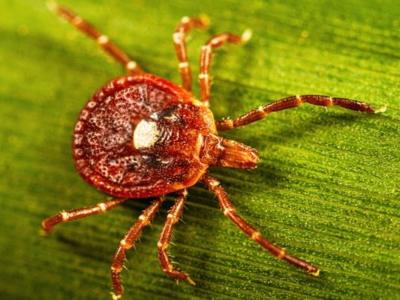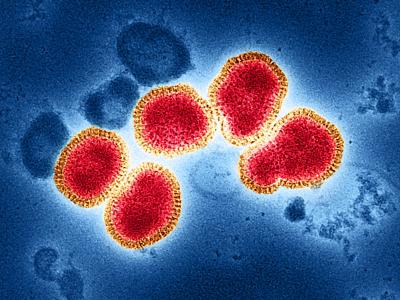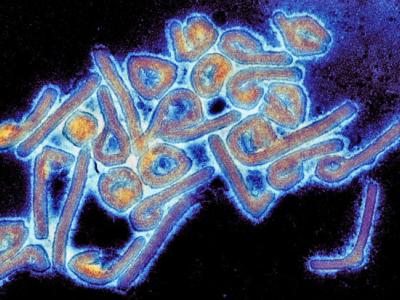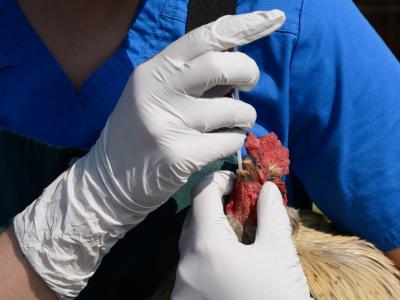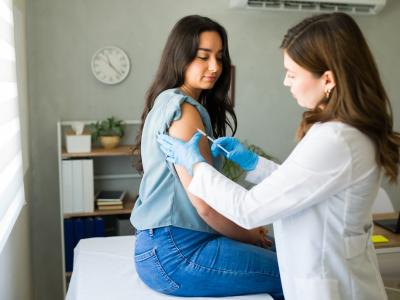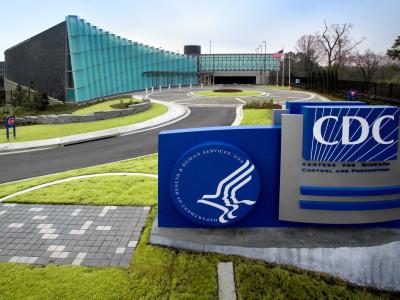The population benefit of COVID-19 vaccination via direct and indirect effects was substantial in Tokyo in early 2022 during Omicron, with an estimated 65% reduction in the number of SARS-CoV-2 infections, according to a new model that compared risks between unvaccinated and vaccinated individuals.
The study is published in BMC Infectious Diseases and used data from the sixth wave of COVID-19 cases seen in Tokyo caused by the BA.1 and BA.2 Omicron subvariants from January to May 2022.
To create the statistical model that measured impact, researchers examined data on primary series and booster vaccination coverages and the confirmed cases stratified by vaccination history. Direct effect was how receiving the vaccine prevented illness, hospitalization, or death, and indirect effect was how much the vaccine prevented viral spread among the total population.
Estimated 8.5 million infections indirectly prevented
The investigators calculated that mass vaccination campaigns directly prevented 640,000 COVID-19 cases during the sixth wave, and indirectly prevented as many as 8.5 million infections.
The absolute number of people who benefited from vaccination was highest for adults aged 30 to 39 years in the primary series program, and those 80 years and older in the booster program, with estimates of 86,181 people (95% confidence interval [CI], 84,743 to 87,503) and 37,101 people (95% CI, 35,649 to 38,780), respectively, the authors said.
Although the Omicron variant was challenging to control, vaccination was a critical public health tool for mitigating COVID-19.
"Although the sixth wave from January to May 2022 was the largest in Japan by the end of the study period, we found that the population benefited from both direct and, more importantly, indirect protection," the authors concluded. "Although the Omicron variant was challenging to control, vaccination was a critical public health tool for mitigating COVID-19."


